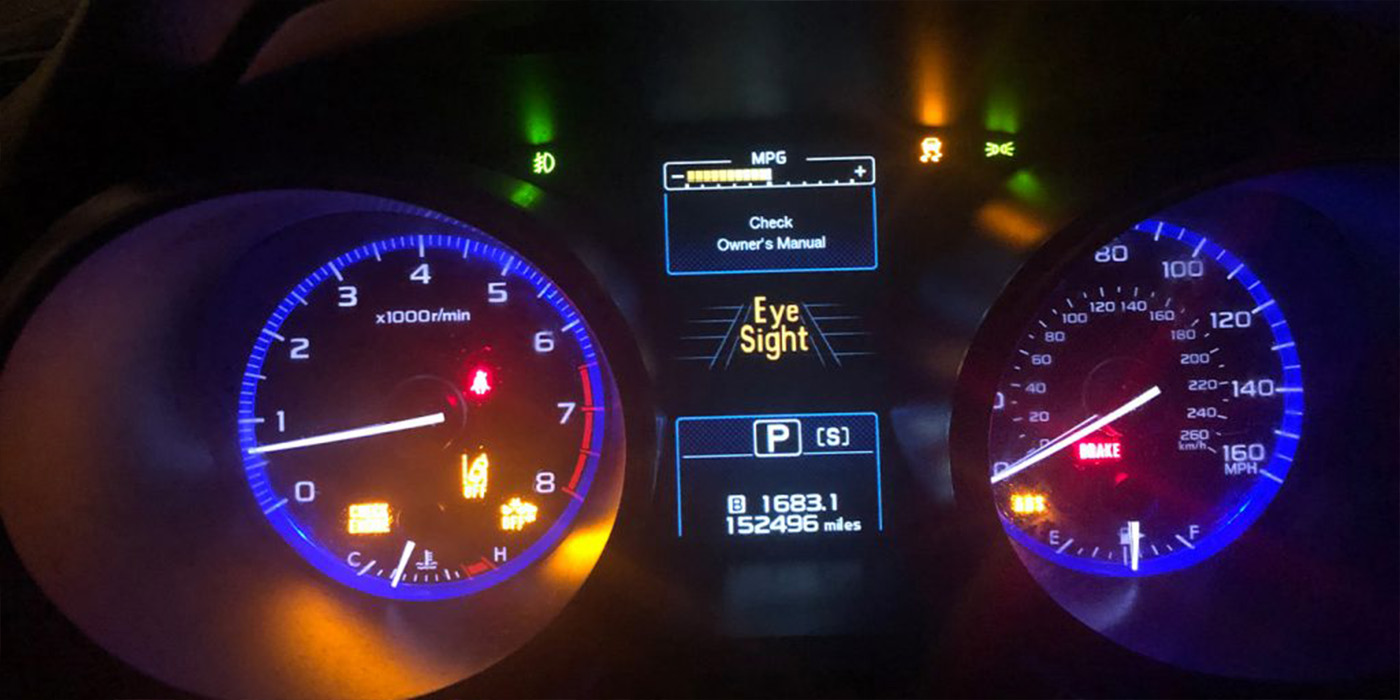Maximizing labor potential continues to be critical for shop owners who are working to grow their business without adding personnel. First, we need to understand what the labor potential is. Multiply your number of techs by their available hours in the shop (This would be a tech standing in the building ready to work). As an example, 3 techs X 8 hours a day = 24 available hours. Then, multiply that number (24) by your productivity percentage number. Your productivity percentage is the actual hours the techs are working on vehicles in a day divided by the number of available hours. In this example, we’ll say that the productivity percentage is 90%.
Once you’ve multiplied your available hours by your productivity percentage, you will need to take that number and multiply it by your efficiency percentage (efficiency percentage is calculated by dividing your sold flat rate hours by your actual hours). For this example, we’ll use 125% as an efficiency percentage.
Multiplying your available hours, times your productivity percentage, times your efficiency percentage will give you your potential flat rate hours available for sale. Using the above numbers, your potential flat rate hours available for sale would be 27 (24 X (90%) X (125%) = 27). Then, take the total number of flat rate hours billed divided by the potential flat rate hours available for sale to give you the productivity as a percent of potential. Using the example above, if a shop billed 20 hours for the day, you would divide that number by 27. This would show that you were at 74% potential for the day (20/27 = 74%). I think it is important to run close to or above 100% potential each day. Here are some causes of low productivity:
1. Poorly administered dispatch systems
2. Poorly administered service selling systems
3. Poorly administered appointment systems
4. Poor parts availability
5. Poorly written repair orders
6. Lack of up-to-date equipment
7. Poorly administered quality control programs
8. Inadequate training
9. Insufficient amount of repair work to the technicians
10. Poorly laid out traffic patterns for stall access
Keeping close track of labor inventory will help you maximize your shop potential and will help you secure great employees for the long term.
This article was contributed by Jim Murphy of Elite. Jim is the leader of Elite’s prestigious Pro Service, a 20 group-like community comprised of 90 of the top shop owners in the North America.













